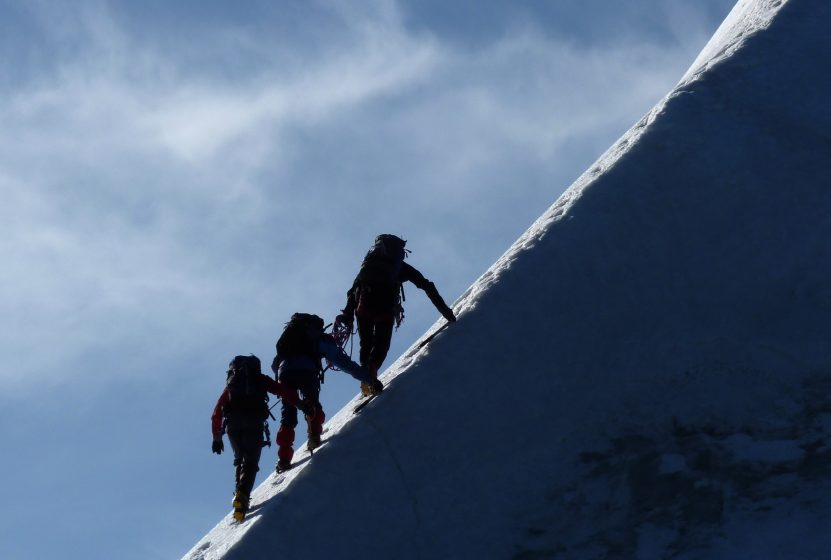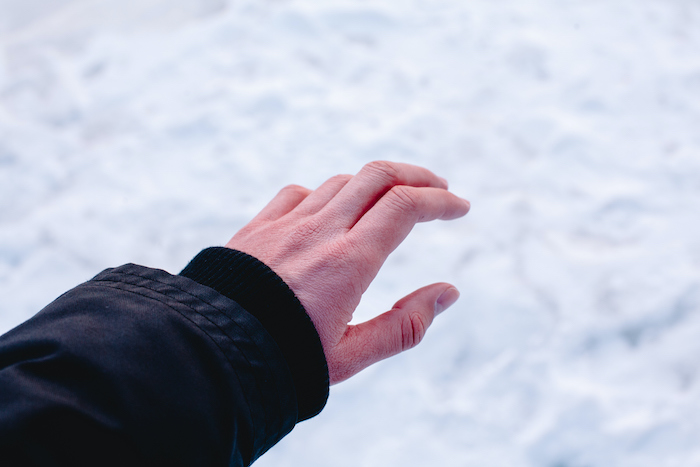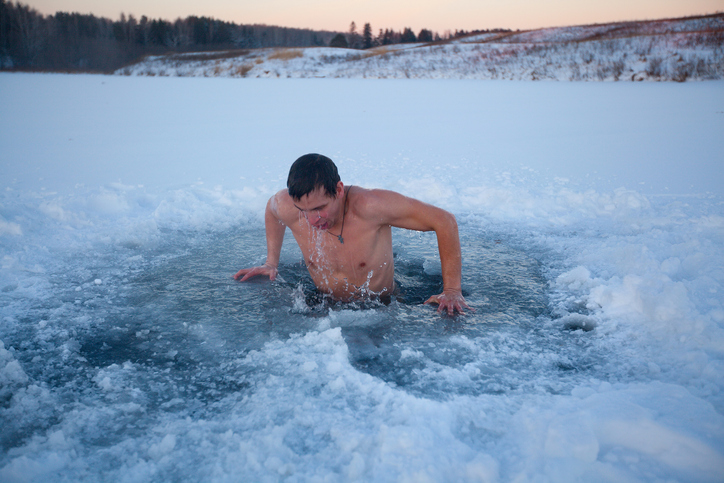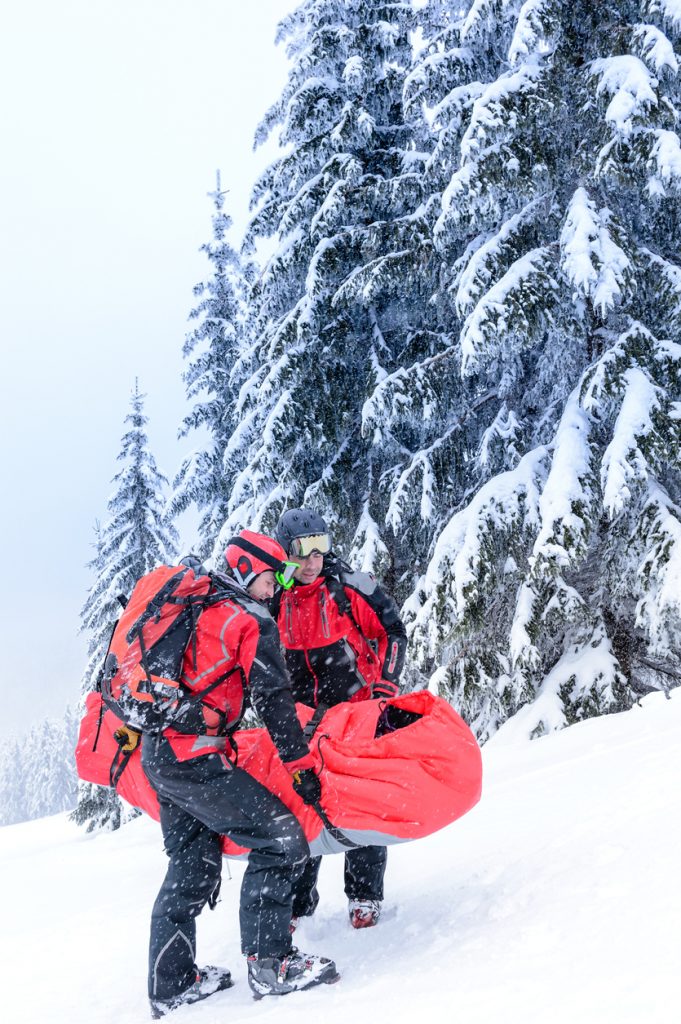Temperatures are dropping, and snow is blanketing many of our favorite trails and backcountry getaways. For the hardy outdoors adventurer, winter is one of the best times of the year to enjoy nature. There are fewer people and new sights and sounds to explore. Whether you’re an experienced mountaineer or are just heading out for your first camping trip in the snow, winter outdoor adventures mean coping with hypothermia’s icy grip.
Despite the fact that winter is an excellent time to appreciate the extra dollars you put into high-quality clothing systems to protect you from the elements, it can also be a painful reminder of how poorly the human body has adapted to the cold.
Unlike the Inuit, who have successfully adapted to living in the Arctic region (thanks to a gene variant that only Inuit populations possess), the rest of the world has to design clothing and structures that prevent the cold from constantly sucking heat from their bodies.
Let’s start with the body’s “happy” core temperature of about 98.6 degrees Fahrenheit.
As you expose your body to temperatures below that number, your internal furnace generates heat to keep pace with the heat lost to the air or water.
Suppose your clothing’s wicking and insulation game is weak, or you don’t have enough fuel (calories) to keep the furnace burning. In that case, the environment will suck out more heat than you can create or maintain.
Your core temperature will drop.
And once it dips below 95 degrees, you’ve now entered the world of hypothermia.
Depending on the temperature and how fast your body loses heat, hypothermia can be fatal in as little as one hour.
The hypothermia symptoms you experience are tied to your core body temperature and become progressively more severe as that temperature plummets.
Mild hyperthermia is knocking on your door when your body’s core temperature drops between 95-89 degrees. You start shivering and begin to experience a slight decrease in mental alertness.
Shivering is your brain’s first emergency response to generate heat from within. The blood vessels in your extremities constrict to redistribute warm blood to the vital organs, and the muscles contract and expand in rapid bursts. This twitching produces heat which helps raise body temperature. Your jaw muscles may even start to shiver and make your teeth chatter.
Movement, like running, “aggressive,” hiking, or jumping in place, are also effective at increasing your body’s heat production. This heat can be maintained with high-quality clothing and layering systems that wick away sweat while creating a warm and dry microclimate next to the skin.
While shivering and exercise can boost heat production, they also increase energy consumption by nearly five times your resting metabolic rate. That means you need to have a steady source of fuel (calories) for your internal furnace to burn.
Once hypothermia starts, you’re racing against the clock to get your core temperature back to normal.
If your shelter, clothing, and body can’t keep up with the temperature loss, your body moves into the next stage, known as moderate hypothermia. When your core temperature falls between 89-82 degrees, shivering takes on epic proportions, walking is impaired, and your speech becomes slurred. You become extremely confused.
In the lower end of this core temperature range, some people suddenly feel warm and start undressing, which speeds up the heat loss and often leads to death. The closer you get to 82 degrees, the part of the brain stem that drives your autonomous process will tell you to burrow. People in this state will dig or crawl under enclosed spaces like rock overhangs or fallen trees. Scientists believe this primitive behavior is driven by the same brain chemistry experienced by hibernating animals.
Continuing the temperature decline, a core temp between 82-75 degrees equates to severe hypothermia. At this point, your body has stopped trying to generate heat. Shivering stops and your pupils may become fixed and dilated.
You may look like you’re dead, but you’re not. You are, however, on the fast track to becoming a human popsicle.
There are no discernible signs of life when your body temperature falls below 75 degrees.
But that doesn’t mean the game is over.
At least one human has survived a body temperature of 56.7 degrees Fahrenheit. This lucky gal is Swedish skier Anna Bågenholm who fell into a frozen stream. She was trapped under a layer of ice for 80 minutes. Although she found an air pocket so she could breathe under the ice, her heart stopped 40 minutes into her unplanned dip in the water.
Fortunately, she was rescued and attended to by physicians experienced with hypothermic victims. They know that patients should be “warmed up before you declare them dead.” More than 100 doctors and nurses worked for nine hours to slowly warm her and save her life.
After 10 days, Bågenholm woke up and was paralyzed from the neck down.
She has since made an almost complete recovery two decades later with only limited nerve damage in her hands and feet.
What’s the best way to treat hypothermia when adventuring outside?
Don’tDon’t get it in the first place.
While that sounds simplistic, it’s not. Hypothermia can be challenging to reverse when alone in the backcountry, so prevention is your greatest asset.
Wet skin or clothing increases heat loss by convection and evaporation. Wearing proper outdoor gear is critical to surviving winter weather. Wear non-cotton mittens, hats, and have a well-built layering system for clothing that wicks moisture away from the skin and protects you against wind, rain, sleet, or snow. This layer should be breathable while still saving you from the elements.
Also, be sure to eat enough food. Calories fuel your body’s furnace. Use simple carbohydrates for quick energy boosts and fats for longer-term energy stores.
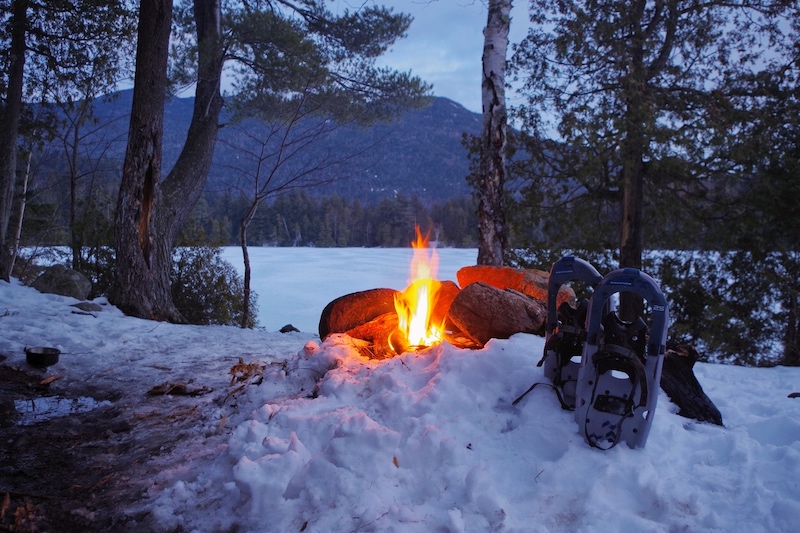
Avoid consuming alcohol when heading out to play in winter weather. While booze may make your body feel warm on the inside and make you think you’re more brilliant and far more charming than you really are, it actually does the opposite. Alcohol causes your blood vessels to expand, resulting in faster heat loss from the skin’s surface. Plus, your body’s natural shivering response is inhibited.
If hypothermia does strike, seek shelter immediately to prevent additional heat loss. If possible, remove any wet clothing and provide external heat from a stove or contact another warm body. Skin-to-skin contact can help rewarm, so strip down and get cozy inside a sleeping bag. Consuming warm, not hot, drinks (non-alcoholic) can also help.
Many hypothermic victims die, however, from improper rescue attempts. If the body is rewarmed too quickly, the constricted capillaries reopen nearly at once, causing a sharp decrease in blood pressure. The smallest of movements can send the victim’s heart muscle into spasm.
This is thought to have happened to Danish fishermen in 1980 who were rescued after spending 90 minutes in the North Sea. The men went below decks on the rescue ship to have a hot drink. All 16 dropped dead.
Rapid loss of body heat is one of the biggest sources of accidents and injuries in the backcountry. The time to begin your cold-weather preparation is at home, long before you feel that first chill start to creep over your body.
Make sure you take the correct safety precautions and know how to recognize the symptoms of hypothermia. Being armed with this knowledge can save your life or your family’s.



